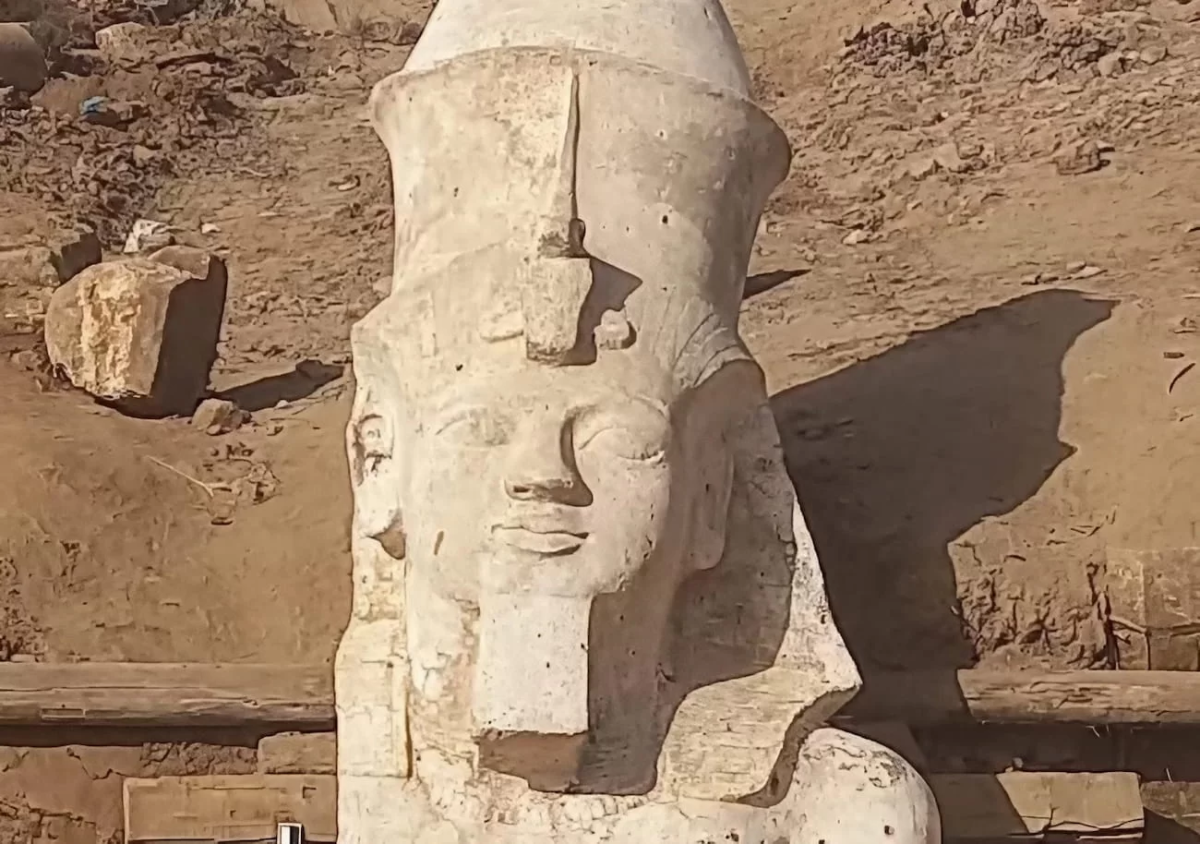Archaeologists Uncover Upper Part of the Colossal Statue of Ramses II

The joint Egyptian-American Archaeological Mission unearthed the upper part of the colossal statue of Ramses II (Ramesses), the lower part of which was found in 1930, during excavations at Hermopolis Magna in Egypt’s Minya Governorate.
Ramesses the Great was one of ancient Egypt’s most powerful and celebrated pharaohs. He reigned for around 66 years during the 19th dynasty of the New Kingdom period (circa 1279–1213 BCE). Ramesses II is renowned for his military campaigns, architectural achievements, and the many monumental structures he commissioned, including the famous temples at Abu Simbel and the Ramesseum. He is often remembered as a great builder and a skilled diplomat.
The Egyptian Ministry of Tourism and Antiquities announced that archaeologists had discovered the upper half of a full-body Ramses II statue dating back more than 3,200 years to his rule in Ancient Egypt’s 19th Dynasty.
Dr. Basem Jihad of the Egyptian Supreme Council of Antiquities and Dr. Yovona Trnka of the University of Colorado have been leading the exploration in the Minya governorate’s El-Ashmunein region (the ancient Hermopolis Magna, located northwest of the modern city of Mallawi and about 30 kilometers north of Amarna).
Archaeological studies showed that the 3.8-meter-high limestone bust, newly discovered in the southern Egyptian province of Minya, matches the lower part of a statue of the Egyptian pharaoh uncovered in 1930, Secretary General of the Supreme Council of Antiquities Mostafa Waziri said in a statement.
Main Image :Courtesy Egyptian Ministry of Tourism and Antiquities
